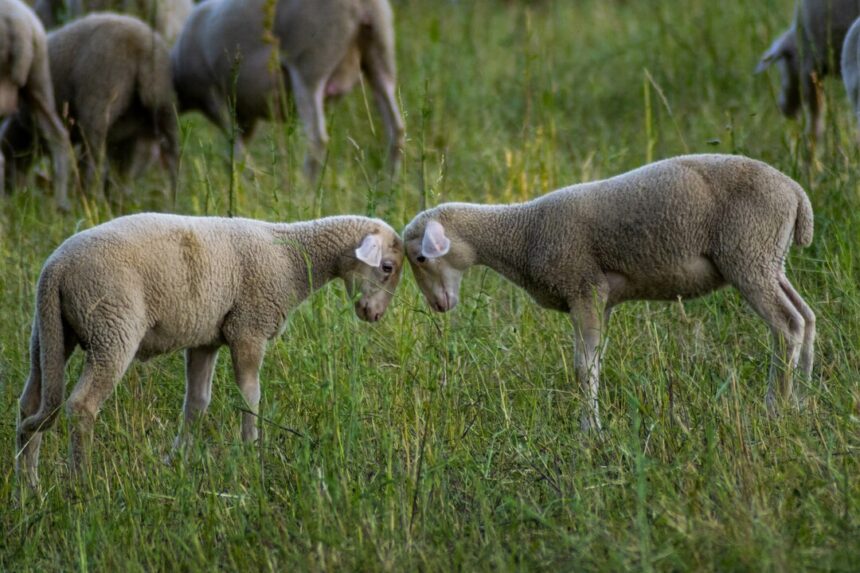South African Mutton Merino (SA Mutton Merino) sheep are a renowned breed prized for their exceptional meat and wool production capabilities. Originating in South Africa, these sheep have gained popularity among farmers for their adaptability, resilience, and economic value. Whether you’re a seasoned farmer or considering starting a sheep farming venture, understanding key aspects of breeding and farming SA Mutton Merino sheep is essential. Here are 10 crucial facts to know about raising SA Mutton Merino sheep in South Africa.
- Origins and Breed Characteristics:
SA Mutton Merino sheep are a composite breed developed in South Africa by crossing Merino and Mutton Merino sheep. They are bred specifically for their dual-purpose traits, excelling in both meat and wool production. - Dual-Purpose Attributes:
SA Mutton Merino sheep are valued for their ability to produce high-quality wool and tender, flavorful meat. This dual-purpose nature makes them economically attractive to farmers seeking to maximize returns from their flocks. - Wool Quality and Quantity:
SA Mutton Merino sheep produce fine to medium-grade wool with excellent crimp and staple length. They are prized for their wool’s softness, elasticity, and natural insulating properties, making it highly sought after in the textile industry. - Meat Production:
SA Mutton Merino sheep are renowned for their superior meat quality, characterized by tenderness, flavor, and low fat content. They exhibit fast growth rates and efficient feed conversion, resulting in high yields of lean, quality meat. - Adaptability to Environmental Conditions:
SA Mutton Merino sheep are well-suited to a wide range of climatic conditions, including hot, dry summers and cold, wet winters. Their adaptability to varied environments and terrain makes them ideal for farming in diverse regions of South Africa. - Grazing Requirements:
SA Mutton Merino sheep are predominantly grazers and thrive on natural veld vegetation. However, they can also adapt to semi-intensive or intensive feeding regimes, depending on the farming system and available resources. - Breeding Objectives:
When breeding SA Mutton Merino sheep, farmers prioritize traits such as wool quality, meat yield, growth rate, fertility, and disease resistance. Selective breeding programs are implemented to enhance these desirable characteristics and improve overall flock performance. - Reproductive Performance:
SA Mutton Merino ewes are known for their high fertility rates and good mothering instincts. They typically have a high twinning rate, contributing to increased lamb production per ewe and overall flock productivity. - Market Demand:
With growing consumer demand for premium-quality wool and lean, flavorful lamb meat, there is a strong market demand for SA Mutton Merino products. Farmers can capitalize on this demand by marketing their wool and meat products to discerning consumers. - Economic Viability:
Breeding and farming SA Mutton Merino sheep can be economically viable for both small-scale and commercial farmers. Their dual-purpose attributes, adaptability, and efficient production capabilities contribute to their profitability and sustainability in various farming systems.
Breeding and farming SA Mutton Merino sheep offer numerous benefits, from their dual-purpose capabilities and superior wool and meat quality to their adaptability and economic viability. By understanding these key facts about SA Mutton Merino sheep farming, farmers can make informed decisions to optimize their operations and contribute to the growth and development of the livestock industry in South Africa.
Join 'Farmers Mag' WhatsApp Channel
Get the latest Farming news and tips delivered straight to your WhatsApp
CLICK HERE TO JOIN






